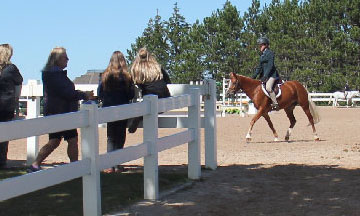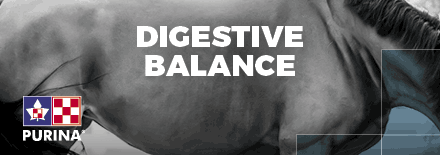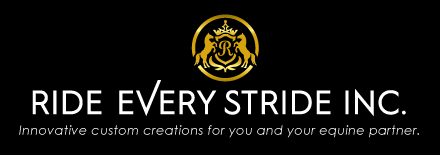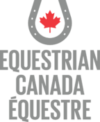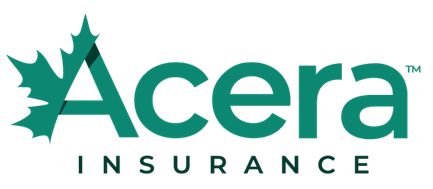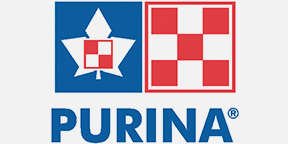By: Kalina Rutledge, BBRM Equine
As equine nutrition consultants, one of the main questions we get regularly is, “How much should I feed?” One answer to this would be to look at your feed tag, which will allow you to match your horse’s weight with its activity level and give you an amount in kilograms that you should be feeding per day. Once someone reads this amount it often leads to one of the most common comments we get as feed consultants. “I can’t feed my horse that much! That is way too much feed!” Depending on your horse, we may agree with you on that.
Let’s take a step back and understand how feeding rates work and why tags say what they say. The feeding rates on a feed tag are calculated using your horse’s size and activity level. If your horse is not a high performance horse or a hard keeper you will likely think this is a significant amount of feed, often 5-6 kilograms per day. These amounts are large because they are calculated in order to meet that specific horse’s minimum vitamin and mineral requirements in a day. For this reason you will often notice that highly fortified feeds will have a slightly lower feeding rate than lower fortified feeds. This system works well for calculating the amount of a feed your horse would need to eat in order to meet its vitamin and mineral requirements in a day, however it is not a perfect system. The weakness in this system is that despite the fact that two horses of the same size and activity level do have the same vitamin and mineral requirements they don’t necessarily have the same energy requirements. This poses a problem when the amount of feed that is required for a horse to meet its vitamin and mineral requirements results in the horse greatly exceeding its energy requirements.
Metabolism levels vary from horse to horse just as they vary from person to person. Some people can eat pasta and dessert every day and stay slim while others need to stick to salads to stay the same size. It’s the same as the Thoroughbred that is getting three 2.5 kilogram meals per day and barely has its ribs covered versus the Canadian that gets fat off air and has to wear a grazing muzzle. These differences in metabolism go back to genetics. Thoroughbreds have been bred over the years to be finely tuned racing machines. With that comes a high-strung animal that is always alert, always thinking, always moving and always stressed. All of these actions require energy. Therefore, you may be giving him three meals a day to try to put a layer of fat over those ribs but he uses most of it just pacing his paddock and stressing. On the other hand, that Canadian was bred to be versatile and ready for any situation. He was bred to work for a living and have the endurance to work all day long while being level headed and trustworthy in any situation. This horse doesn’t stress about things and usually requires slower energy over a longer period of time. His metabolism burns slower and steadier and converts every calorie efficiently.
You can now picture two very different horses that need very different amounts of energy in order to remain in good body condition. The catch is that both horses still have the same vitamin and mineral requirements. Now consider that feed tag, both horses could be 500kg and both could be in moderate work, the feed tag will then tell you to feed both horses the same amount. This amount will ensure that both of these horses meet their vitamin and mineral requirements for a day and it may also ensure that the Thoroughbred meets his energy requirements in order to keep him in good body condition. The problem is, this same amount will likely greatly exceed the Canadian’s energy requirements, which are likely being met with hay alone. This is when the nutrition consultant gets called and asked, “How much should I feed?”
Our answer is “feed to body condition.” Body condition is the term we use for the amount of fat stored in the body. Horses make it easy for us to judge body condition; their fat is mostly stored subcutaneously which means it is right under the skin, easy for you to see and feel. In the equine industry we use the Henneke Body Condition Scoring Chart, which was developed in the 1980s by Dr. Don Henneke of Texas A&M University. This chart is a grading system from 1-9, 1 being extremely emaciated and 9 being extremely fat. The ideal body condition score can vary dependant on the life stage of the horse. For example an average maintenance horse should usually be a 5 where a broodmare may be more comfortable as a 6 to ensure fertility and conception and a foal should be more like 4.5 – 5 to prevent growth problems.
The best way to judge a horse’s body condition is to use your hands and NOT your eyes. Using your eyes alone can be extremely deceiving. Conformation, muscling and body type will fool your eyes into thinking a horse is lighter or heavier than it is, but your fingers won’t lie. As stated above, horses store their fat subcutaneously, which makes it easy to find. Key places where horses tend to store fat are the crest of the neck, the withers, behind the shoulder, the crease along the croup, the tail head and the ribs. When evaluating body condition make sure to take an objective approach. Palpate all of the above areas with your hands to get a good idea of the horse, most importantly the ribs. Ribs are the easiest location to judge stored fat because there is never muscle over the ribs. If you see the ribs there is not enough fat, and if you can’t even feel them your horse is too fat. Key points to remember are that a hay belly is not fat. A hay belly is exactly that, undigested hay. Also, don’t let conformation fool you, a tall horse with a narrow frame will look thinner than a muscular Quarter Horse, but the Quarter Horse could easily have the lower body condition. That is why it is so important to make sure to get your hands on the horse and feel.
Once you have judged your horse’s body condition you can now properly answer the question of how much too feed. If your horse has too low of a body condition score, you need to feed it more. If your horse has too high of a body condition score, you need to feed less. And if your horse has a good body condition score, you are probably feeding about the right amount. The complicated part comes after you have figured out the amount of feed because remember from above, the feeding rate from your feed tag ensures that your horse will receive its daily requirements for vitamins and minerals. This means that any horse eating less than this recommended amount will be lacking vitamins and minerals. If you are the owner of the Canadian mentioned above, he may have a body score of 6 to 8 by only eating hay, this horse will be deficient in vitamins and minerals unless a supplement is provided. Even good quality hay will not meet all of the requirements of a horse. In Ontario, our soil has no selenium which means neither does our pasture or hay. Also, vitamins oxidize in hay after a short time and minerals are very dependent on soil quality, year and time of harvest, field location etc.
This is where a well balanced supplement comes in. At Purina we have Equilizer and Optimal, which work well with all of our feeds. The same level of vitamins and minerals can be found in 200 grams of Equilizer or 300 grams of Optimal as in 1 kg of most of our feeds with very few calories. This enables a horse owner to be able to read the feed tag of the Purina feed they are using to see what the recommended feeding rate is for their horse. Then, if their horse’s body condition suggests they should feed less than the recommended amount they can easily add 200 grams of Equilizer or 300 grams of Optimal for every 1 kg under that recommended amount that they are feeding. This combination makes it possible to feed to the horse’s body condition but still be able to meet the horse’s requirements for vitamins and minerals.
So the next time you start wondering, “How much should I feed?” Take off your gloves, get your hands on your horse’s body and take an objective evaluation of its body condition. Decide if the feed tag’s recommended feeding rate is realistic for your horse and if not balance it out with some Equilizer or Optimal. The horses that achieve a high body condition score on hay and a handful or cup of feed technically don’t need any feed and should be fed only Equilizer or Optimal. The key is to make sure that you remain fully objective during your evaluation. Deciding how much to feed should not be a complicated mathematical process, simply let the horse tell you.
Have a question you need answered or a subject you’d like to see covered? Email Kalina Rutledge at Kalinar@agribrands.ca
